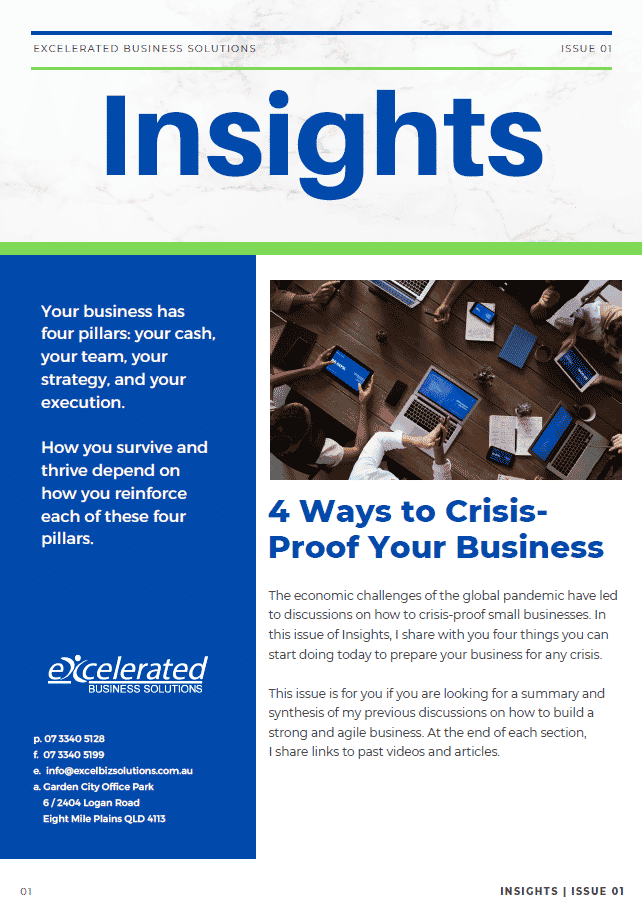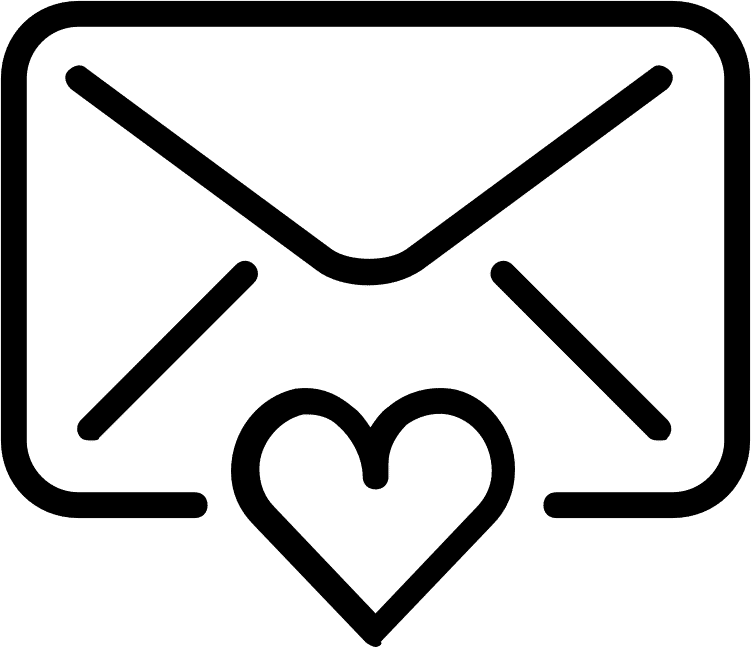If you’ve ever walked into your local café and had the barista remember your name—or your regular order—you know how powerful a personal touch can be. In today’s digital world, personalising the customer experience isn’t just a nice extra; it’s what customers expect. People are no longer satisfied with generic, one-size-fits-all service. They want to feel understood and valued by the businesses they choose. When you get personalisation right, you can turn a casual buyer into a loyal advocate for your brand.
If you’re a small business owner thinking, “That all sounds great, but isn’t personalisation just for the big end of town with massive budgets?”, let’s put that myth to rest. You don’t need a huge team or deep pockets to deliver a personalised experience—all you need is the right mindset, some clever tools, and a clear strategy.
Why Personalising the Customer Experience Matters
Let’s cut to the chase: personalisation delivers results. Research shows that 80% of consumers are more likely to buy from brands that offer a personalised experience[1][2]. Your customers expect it, and here’s why it matters:
- Lasting loyalty: Customers come back when they feel seen and valued.
- Higher conversions: Targeted offers lead to more sales.
- Stronger brand identity: Personalisation makes you memorable in a crowded market.
- Smarter marketing: The data you collect for personalisation helps you understand your customers on a deeper level.
I’ve seen this firsthand in my work with SMEs and discuss it in $20K to 2 Million in 2 Years. Businesses that focus on the customer experience—especially through personalisation—see stronger growth and more loyal customers.
How to Personalise the Customer Experience (Without Breaking the Bank)
So, how do you actually build personalisation into your business? Here are some practical strategies that work for small businesses:
- Leverage CRM Systems for Smarter Interactions
Customer relationship management (CRM) tools aren’t just for big corporates. Platforms like HubSpot, Zoho CRM, and Pipedrive let you store key customer info, segment your audience, and send tailored messages[3][2]. Even a simple spreadsheet can help you track birthdays, preferences, and purchase history.
For example, Sieverts, a Brisbane-based radiation protection consultancy, sends personalised email reminders to clients when inspections are due. It’s a simple act, but it keeps clients compliant and builds long-term trust.
- Use Data-Driven Marketing for Personalised Messaging
You don’t need to be a data scientist to use data well. Tools like Google Analytics, Facebook Pixel, or your email campaign dashboard can reveal what your customers want[1][2]. Use this data to:
- Segment your audience by browsing and purchase history.
- Send targeted emails based on interests or milestones.
- Create content that answers your customers’ specific questions.
- Customise the Buying Journey
Think of your website as your digital shopfront. Wouldn’t it be better if every visitor saw products or services that matched their needs?
- Add product recommendations (“You might also like…”).
- Offer targeted discounts to loyal or repeat customers.
- Use pop-ups or banners tailored to returning users.
- Humanise Your Customer Support
Nothing ruins a great experience faster than robotic, impersonal support. Automation has its place, but customers want to feel like they’re dealing with a real person.
- Address customers by name in your replies.
- Reference their past purchases or previous support issues.
- Follow up with a personal “just checking in” email.
- Optimise for Mobile Personalisation
With over 60% of web traffic coming from mobiles, your site needs to work seamlessly on every device[3][1].
- Make sure your site loads quickly and looks great on mobile.
- Offer app-based loyalty rewards or discounts if you have an app.
- Use SMS marketing for timely, relevant promotions.
Personalisation in Action: Real-World Examples
It’s inspiring to learn from brands that have already successfully implemented personalisation. Here are a few standouts:
- Prose: Customised hair care products based on hair type and environment.
- Curology: Personalised skincare treatments delivered through an online platform.
- Grammarly: Sends weekly individualised insights into users’ writing behaviour.
- Starbucks: Their mobile app allows customers to personalise drinks and receive targeted offers.
But you don’t need to be a global brand to get personalisation right. Small businesses have the advantage of agility and genuine relationships. Whether it’s a handwritten thank you note, a birthday discount, or a tailored recommendation, these are the touches that customers remember—and talk about[1].
Overcoming the Challenges of Personalisation
Personalisation is powerful, but it comes with its own set of challenges—especially for small businesses:
- Omnichannel Marketing: Customers expect a seamless experience across email, social media, and your website. Focus on the channels your customers use most, and keep your messaging consistent[1].
- Limited Customer Data: Start by collecting basic information—names, birthdays, purchase history—and build from there. Use surveys or feedback forms to learn more about your customers’ preferences[2].
- Privacy Concerns: Be transparent about how you use data and always ask for permission. Customers are more willing to share information if they trust you[1].
- Resource Constraints: Start small. Even a basic CRM or email automation tool can make a big difference. As your business grows, you can invest in more advanced solutions.
Simple Ways for Small Businesses to Implement Personalisation
Implementing personalisation can feel overwhelming, but it doesn’t have to be. Here are some easy, affordable ways to get started:
Personalised Email Campaigns
Platforms like Mailchimp let you segment your email list by customer interests, behaviour, and demographics. By personalising emails, you can tailor messages, make relevant product suggestions, or offer exclusive deals.
Personalised Product Recommendations
With tools like Barilliance or simple website plugins, you can present customers with customised recommendations based on their browsing and buying behaviour[1]. This not only increases satisfaction but also boosts sales.
Personalised Website Content
Use tools like Optimizely to show visitors content that matches their interests. Even a simple “Welcome back, [Name]!” banner can make a customer feel valued.
Targeted Advertising
Platforms like Facebook, LinkedIn, and Google allow you to deliver personalised ads to specific customer segments. Use your data to focus your marketing budget where it counts.
Customised Products
Small businesses can offer bespoke products or services—custom engraving, personalised packaging, or unique colour options—that make customers feel special.
Chatbots and Automated Support
AI-driven chatbots can answer queries quickly and provide recommendations based on customer preferences. This frees up your team for more complex queries while still delivering a personal touch.
The Business Benefits of Personalisation
So, what’s in it for your business? The benefits of personalising the customer experience are clear and measurable:
- Increased customer loyalty: Customers who feel valued are more likely to return—and to tell others about your business.
- Higher engagement: Personalised content and offers drive more clicks, more conversions, and more sales.
- Stronger brand reputation: Businesses that go the extra mile to personalise stand out in the market and build a reputation for care and quality.
- Improved revenue: Companies that get personalisation right can see up to 40% more revenue from these efforts[1][2].
Final Thoughts: Small Moves, Big Impact
Personalising the customer experience doesn’t have to be complicated or expensive. The goal isn’t to out-tech your competitors—it’s to out-care them. Small businesses already have a reputation for personal service. Now, it’s about scaling that with intention and the right tools[4].
Start small. Choose one customer touchpoint this week and make it personal. That single action could be what sets your business apart.
If you’re not sure where to begin, or want to review your customer experience strategy, book a free discovery call with me at Excelerated Business Solutions. Let’s work together to make your customers feel like they’re truly at the heart of your business—because they are.
For more strategies on building a customer-centric business, you can also check out my book, $20K to 2 Million in 2 Years.
Ready to make personalisation your competitive edge? Start today, and watch your business thrive.
FAQs About Customer Experience Personalisation
What is customer experience personalisation?
It’s the process of tailoring interactions, messages, and services to meet the unique needs and preferences of individual customers.
Why is personalisation important for small businesses?
Personalisation helps build loyalty, increase conversions, and differentiate your brand—even on a tight budget.
What tools can help with customer experience personalisation?
Affordable tools include Mailchimp, Zoho CRM, HubSpot, and Google Analytics.
How can I personalise without spending a lot of money?
Start with small efforts—use names in emails, tailor promotions, and follow up after purchases. Many tools offer free or low-cost plans.
What’s the first step to getting started with personalisation?
Choose one customer touchpoint—email, website, or support—and find a way to make it more relevant to your audience.



